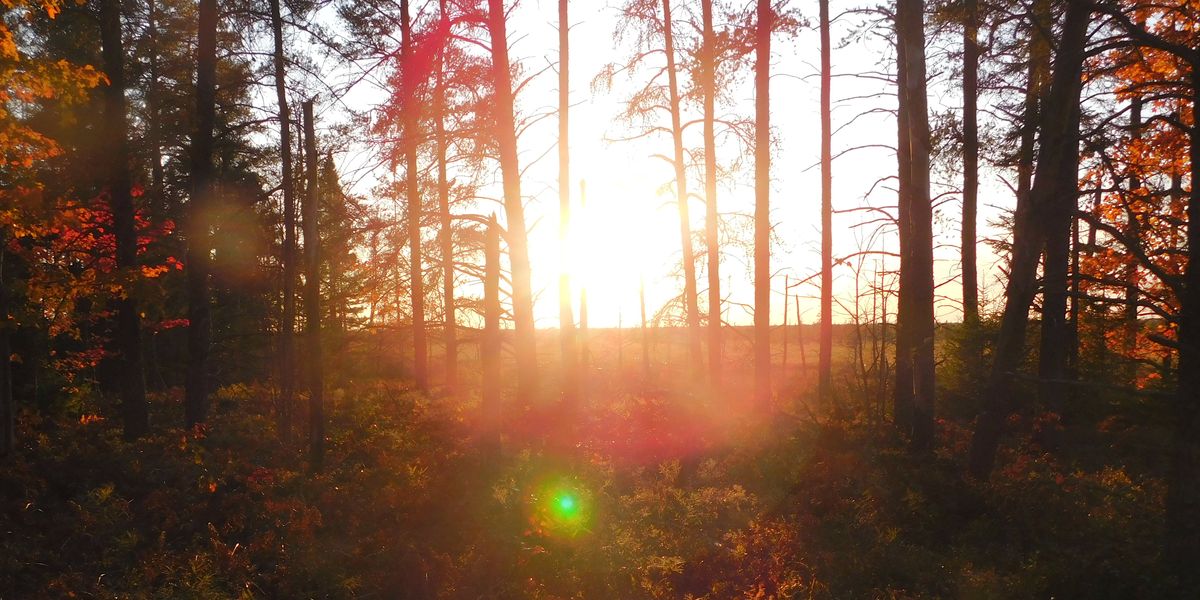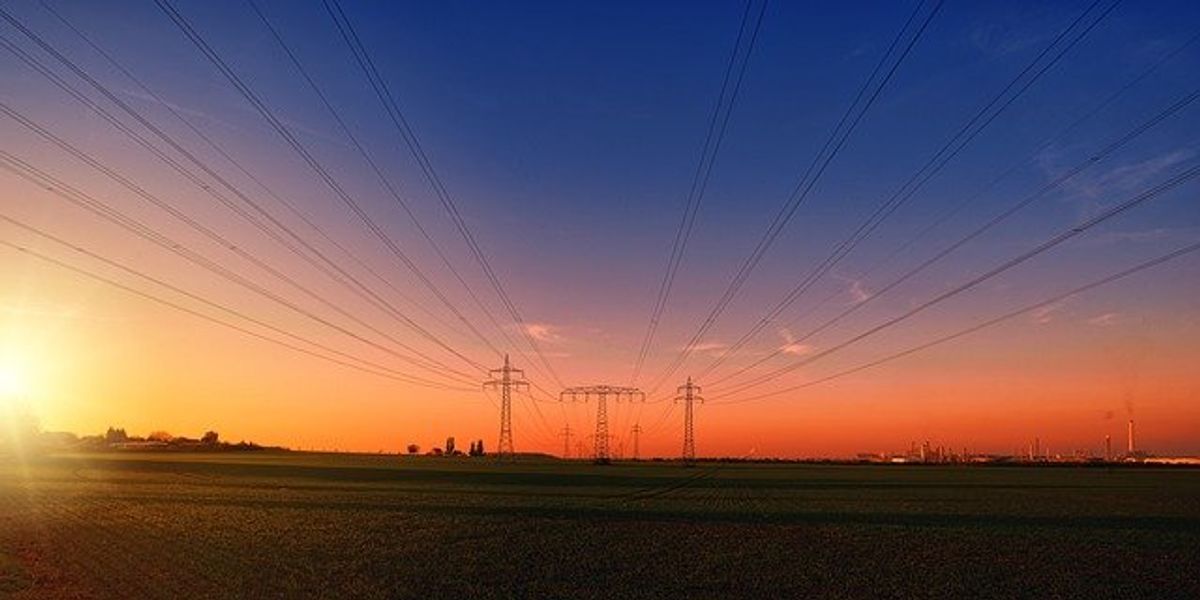
New map reveals nearly half of the US faces landslide risk
Government scientists have released new data showing that 44% of the U.S. is at risk of experiencing landslides, with some areas particularly vulnerable.
Austyn Gaffney reports for The New York Times.
In short:
- A new interactive map from the U.S. Geological Survey identifies nearly 44% of the U.S. as susceptible to landslides.
- High-risk areas include Appalachia, the Rocky Mountains, the California coast, southeast Alaska and Puerto Rico, where more than 90% of the territory is at risk.
- Landslides are often triggered by heavy rain and human development, with climate change increasing the likelihood of intense rainfall events.
Key quote:
“The best protection is knowledge. Knowing what a landslide is and how it might impact you is the best first step toward preparation.”
— Benjamin Mirus, research geologist with the United States Geological Survey
Why this matters:
Landslides pose a significant hazard, especially as climate change increases extreme rainfall, which is a primary trigger. Understanding landslide risks helps communities prepare and reduce the potential for devastating loss of life and property.
Related coverage: California's Highway 1 faces increasing threats














